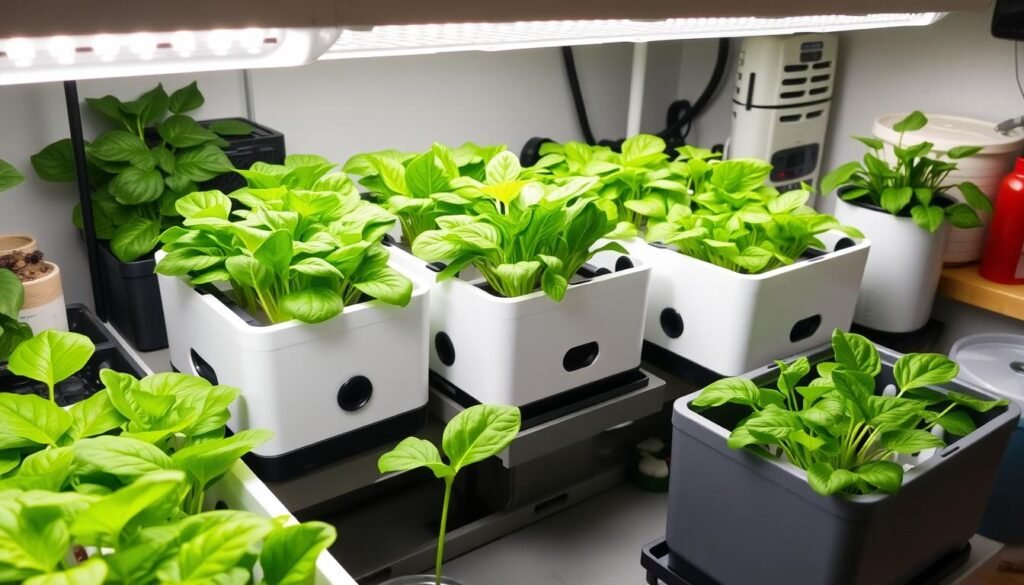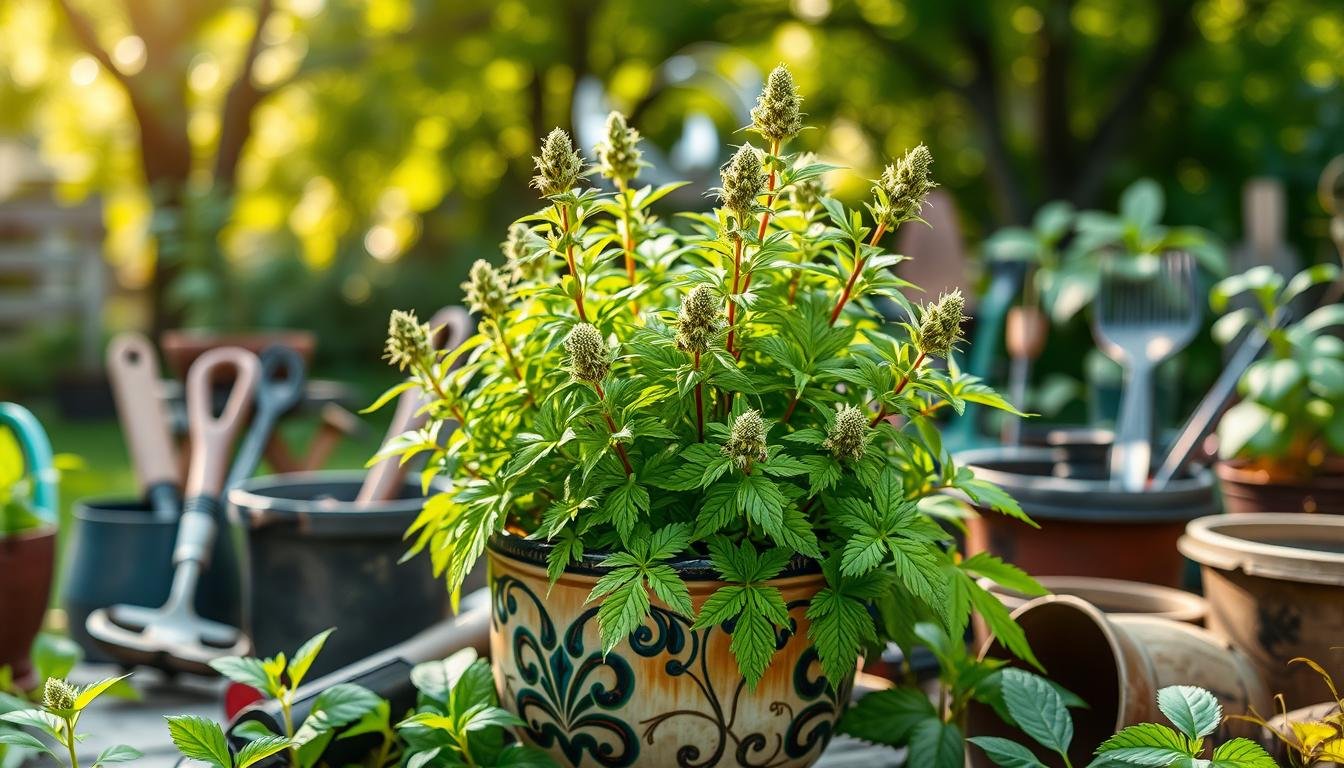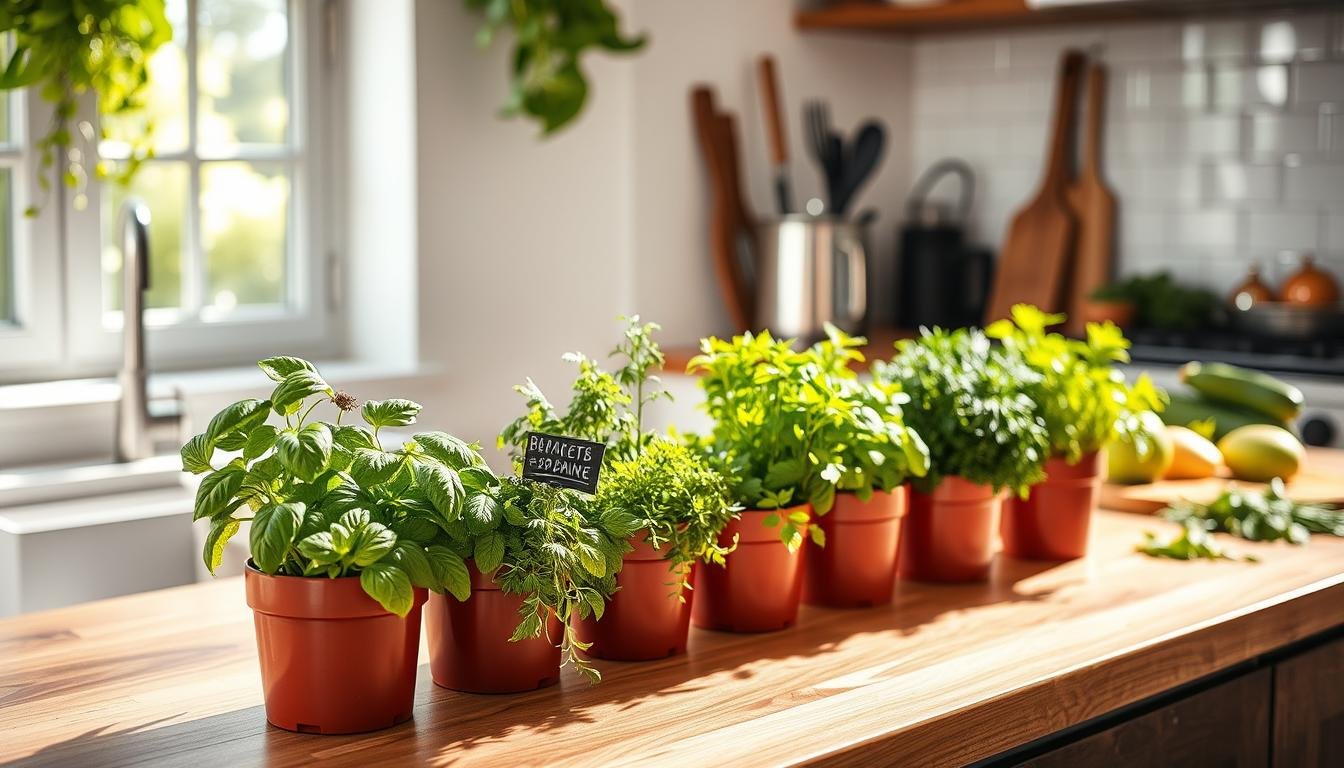The average American eats about 26 pounds of spinach each year. This leafy vegetable is key in many diets and perfect for hydroponic growing. Growing it indoors with hydroponics means you can have spinach all year, without worrying about the seasons. This method is clean and efficient. It also cuts down on pests and creates the best conditions for growth.
This guide will show you the exciting world of hydroponic spinach growing. You’ll learn everything you need to know to start growing spinach indoors. With this method, you can have fresh veggies right from your kitchen. Let’s dive into the benefits of this modern gardening method. It will give you all you need to start your hydroponic adventure.
Key Takeaways
- Growing spinach indoors hydroponics allows for fresh produce year-round.
- This method reduces pest problems and optimizes growing conditions.
- Hydroponic spinach cultivation is cleaner and more efficient than traditional methods.
- Indoor spinach farming lets you enjoy homegrown greens regardless of weather.
- It’s an accessible option for both novice and experienced gardeners.
- Hydroponic systems can be tailored to fit any available space.
Introduction to Hydroponics for Spinach
Hydroponics is changing how we grow plants, like spinach. This method lets plants grow in water with nutrients, not soil. Growing spinach this way means we can manage the environment better, including temperature and light.
With hydroponics, spinach gets what it needs directly from the water. This makes plants grow faster and avoids soil diseases. There are different hydroponic setups, each good for growing spinach. These systems help with airflow and water flow, making plants healthier.
Indoor hydroponics is perfect for growing spinach all year, no matter the weather. This means you can get more spinach, which is great for gardeners and farmers. With some basic knowledge, you can start growing spinach hydroponically too.
Benefits of Growing Spinach Indoors Hydroponics
Growing spinach indoors with hydroponics offers many perks. It’s perfect for those who love gardening or want to eat healthily. Hydroponically grown spinach grows faster than those in soil. This means you can harvest it sooner.
Soil-borne diseases are less of a worry with hydroponics. This system lowers the chance of pests and diseases found in regular gardens. As a result, the plants are healthier and yield more.
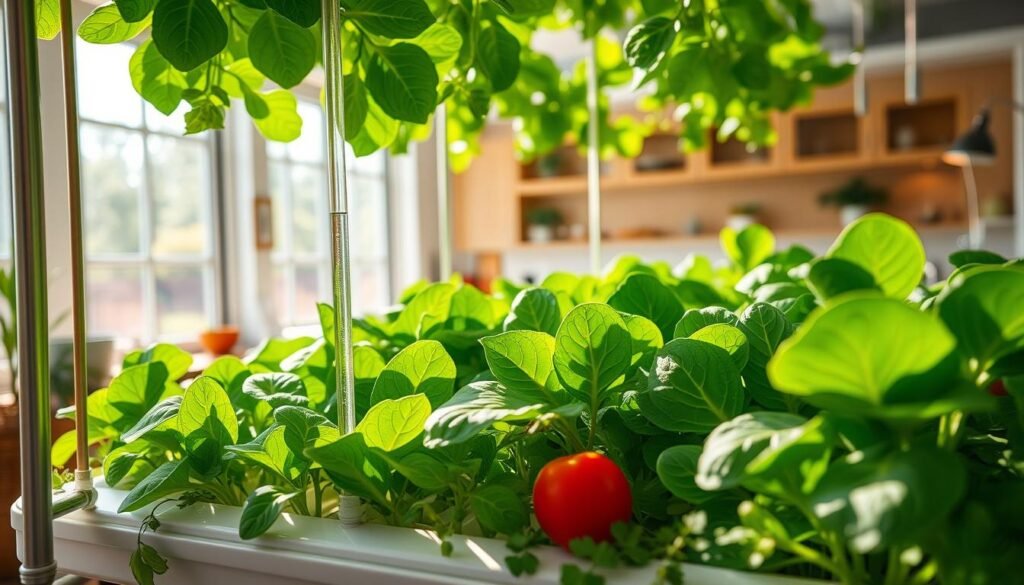
Hydroponics also saves a lot of water compared to traditional gardening. Its recirculating systems give plants just the right amount of moisture. This means less wastage.
The method is great for city living, where space is tight. You can grow spinach vertically, using less space. This makes fresh spinach available, no matter the outside garden space.
Nutrition wise, spinach is a powerhouse. Growing it hydroponically means you can have these nutrient-rich greens all year. Combining convenience, health, and eco-friendly aspects, hydroponics is a superior choice for growing spinach indoors.
Choosing the Right Hydroponic System
Choosing the right hydroponic system is key to growing spinach successfully. Different systems fit different needs. Deep Water Culture and Nutrient Film Technique are popular choices for spinach. Each has benefits and specific ways to set up.
Deep Water Culture vs. Nutrient Film Technique
Deep Water Culture (DWC) and Nutrient Film Technique (NFT) have unique nutrient delivery methods. DWC soaks roots in a nutrient solution, with air pumps for oxygen. It’s great for new gardeners, helping plants grow strong.
Nutrient Film Technique has a steady nutrient flow over the roots. Ideal for small spaces, it’s efficient and saves room. NFT is perfect for planting lots of plants close together. It helps them get nutrients quickly.
| Aspect | Deep Water Culture | Nutrient Film Technique |
|---|---|---|
| Oxygen Supply | Excellent oxygenation | Limited, relies on root exposure |
| Setup Complexity | Simple | Moderate |
| Plant Growth Rate | Rapid | Fast |
| Space Requirements | More space required | Space-efficient |
| Best For | Beginners and larger plants | Experienced growers and compact setups |
Choosing a Leafy Green Hydroponic System
When choosing a system for leafy greens, think about space, budget, and goals. Beginners might like Deep Water Culture for a hands-on experience. If space is tight, Nutrient Film Technique is best. Consider what you want from your indoor spinach farm to decide.
Essential Growth Requirements for Spinach
To grow spinach successfully indoors using hydroponics, knowing the basics is key. This includes the light spinach needs and the best temperature range. You’ll also need to get the watering and feeding right to keep your plants healthy.
Light and Temperature Needs
Spinach loves light. It needs 14-16 hours of it every day for the best growth. Keep the temperature between 60°F and 70°F. This will make sure your spinach grows strong, tastes great, and is full of nutrients.
Watering and Nutrient Solution for Spinach
Getting the water right is crucial. Too much water can harm the roots, but too little can dry out the plant. Spinach also needs the right mix of nutrients. Include nitrogen, phosphorus, and potassium in your feeding routine. These help the plant to grow well and produce a good crop.
| Nutrient | Function | Sources |
|---|---|---|
| Nitrogen | Promotes leafy growth | Ammonium nitrate, urea |
| Phosphorus | Supports root development | Superphosphate, fish emulsion |
| Potassium | Enhances overall plant vigor | Potassium sulfate, wood ash |
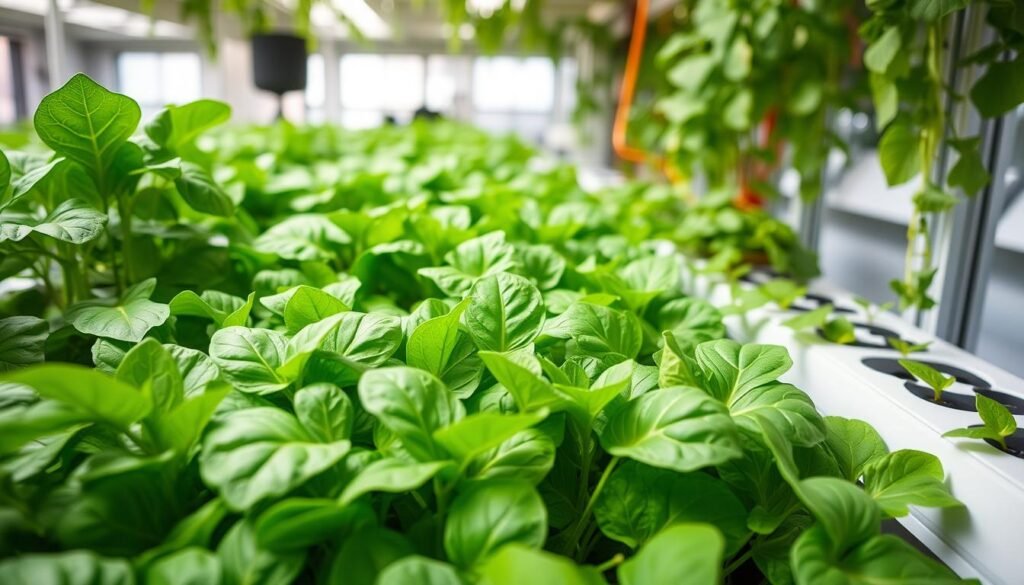
Setting Up Your Indoor Spinach Farming Space
Starting an indoor spinach farming setup needs thoughtful planning. Choose a spot with good air flow, water access, and lots of light. If you can’t use natural light, grow lights are a must for hydroponic spinach setup success.
Use vertical gardening to grow more spinach in small spaces. This method lets you farm spinach on multiple levels, boosting your crop. Consider modular systems and stackable planters for better space use and efficiency.
When setting up, remember these tips:
- Good air movement is crucial to stop mold and pests.
- Have a steady water supply for nutrient solutions.
- Keep grow lights far enough to prevent harming the spinach.
- Use shelves or racks to manage space better.
Following these steps will help you grow a lot of healthy spinach indoors. You’ll have a successful farm with fresh spinach.
Choosing and Using Spinach Grow Lights
When you grow spinach indoors, picking the right spinach grow lights is key to their growth. You’ll find various lights, each with unique pros and cons, that affect your plants’ health. Popular types are LED, fluorescent, and High-Intensity Discharge (HID) lights.
LED lights are a top pick for growers. They use less energy, don’t get too hot, and last a long time. They’re great for spinach because they provide the specific light needed for leaf growth. Although fluorescent lights use more energy than LEDs, they’re still good for seedlings. HID lights are strong but can get hot, so you have to be careful where you put them.
Spinach does best under a full-spectrum light that’s like natural sunlight. In the beginning stages, blue light helps spinach leaves grow well. When spinach gets older, adding red light helps more leaves to grow.
Keep these tips in mind with your spinach grow lights:
- Height: Keep lights 6 to 12 inches above the plants to prevent burning.
- Duration: Spinach needs 12 to 16 hours of light each day.
- Distance: Change the light distance as your plants grow for the best light.
- Timing: Stick to a regular light schedule for strong growth.
Knowing how to pick the best grow lights for spinach and use them right can make your indoor garden better. The right lighting makes for strong spinach that’s ready to eat.
| Light Type | Benefits | Drawbacks |
|---|---|---|
| LED | Energy-efficient, long lifespan, low heat | Higher initial cost |
| Fluorescent | Good for seedlings, cheaper | Not as efficient as LED |
| HID | Strong, suits big setups | Gets hot, needs good air flow |
Monitoring Spinach Growth and Health
Watching your indoor hydroponic spinach closely is key to a great harvest. This means checking on your plants often. By doing so, you can quickly spot and fix any issues. This helps prevent pests, diseases, and other problems like nutritional shortages.
Common Problems and Solutions
Indoor hydroponic spinach can face a few issues. Here are some common problems and how to solve them:
- Pests: Keep an eye out for aphids and spider mites. Check your plants regularly. Use insecticidal soap or neem oil if you find these pests.
- Fungal Diseases: Too much humidity can cause diseases like powdery mildew. Make sure there’s enough air moving around, and don’t water from above.
- Root Rot: Too much water can lead to root rot. Make sure to adjust your watering. Use a growing medium that drains well.
- Nutrient Imbalance: Plants need the right nutrients to grow. Test your nutrient mix often and change it if necessary.
Signs of Nutritional Deficiencies
Knowing when your spinach lacks nutrients is important. Here’s what to look for:
| Nutrient Deficiency | Symptoms |
|---|---|
| Nitrogen | Yellowing of older leaves, stunted growth |
| Iron | Chlorosis or yellowing of younger leaves |
| Calcium | Tip burn and irregular growth patterns |
| Potassium | Brown edges on leaves and weak stems |
Harvesting Techniques for Hydroponic Spinach
Harvesting hydroponic spinach pays attention to timing and method for the best flavor and keeping nutrients. Many growers like the cut-and-come-again method. It means picking only the outer leaves so the inner ones keep growing. This way, there’s always fresh spinach without starting over.
It’s crucial to harvest at the right time. When leaves are young and tender, around 4 to 6 inches tall, they taste the best. They also have the most nutrients. Being gentle when picking them keeps them fresh.
Here are some effective ways to harvest spinach:
- Cut-and-Come-Again: Just trim the outer leaves. Leave the inner leaves and growing point alone. You can harvest many times from one plant.
- Whole Plant Harvest: For quick results, cut the whole plant at the base once mature. This is good if you’re going to plant again soon.
- Gentle Techniques: Use sharp scissors or shears to cut. Don’t pull. This prevents harm to the plant.
Knowing how to harvest spinach right helps your crop stay healthy and provides ongoing joy from your hydroponic spinach. Using these approaches, your indoor garden will keep growing and giving.
| Technique | Description | Benefits |
|---|---|---|
| Cut-and-Come-Again | Harvest outer leaves only, allowing the plant to continue growing. | Multiple harvests, fresher leaves over time. |
| Whole Plant Harvest | Cut the entire plant at the base. | Immediate yield, ideal for replanting. |
| Gentle Techniques | Use sharp tools for harvesting. | Preserves plant integrity and minimizes stress. |
Tips for Continuous Spinach Cultivation
To keep fresh spinach coming, you need a good plan. Staggering your plantings is a smart move. By planting seeds every few weeks, you’ll have spinach ready to pick all season long. This keeps a steady flow of greens for your salads and meals.
Succession planting is another great idea. It means planting different spinach types one after another. If you mix quick and slow growers, your harvest stays balanced. This way, your dishes get variety. And a planting calendar will keep you on track.
It’s also key to watch the seasons for growing spinach all year. Even indoors, light and temperature changes can influence growth. Keep an eye on your plants and tweak their environment as needed. By doing this, you’ll have fresh spinach any time you want.
